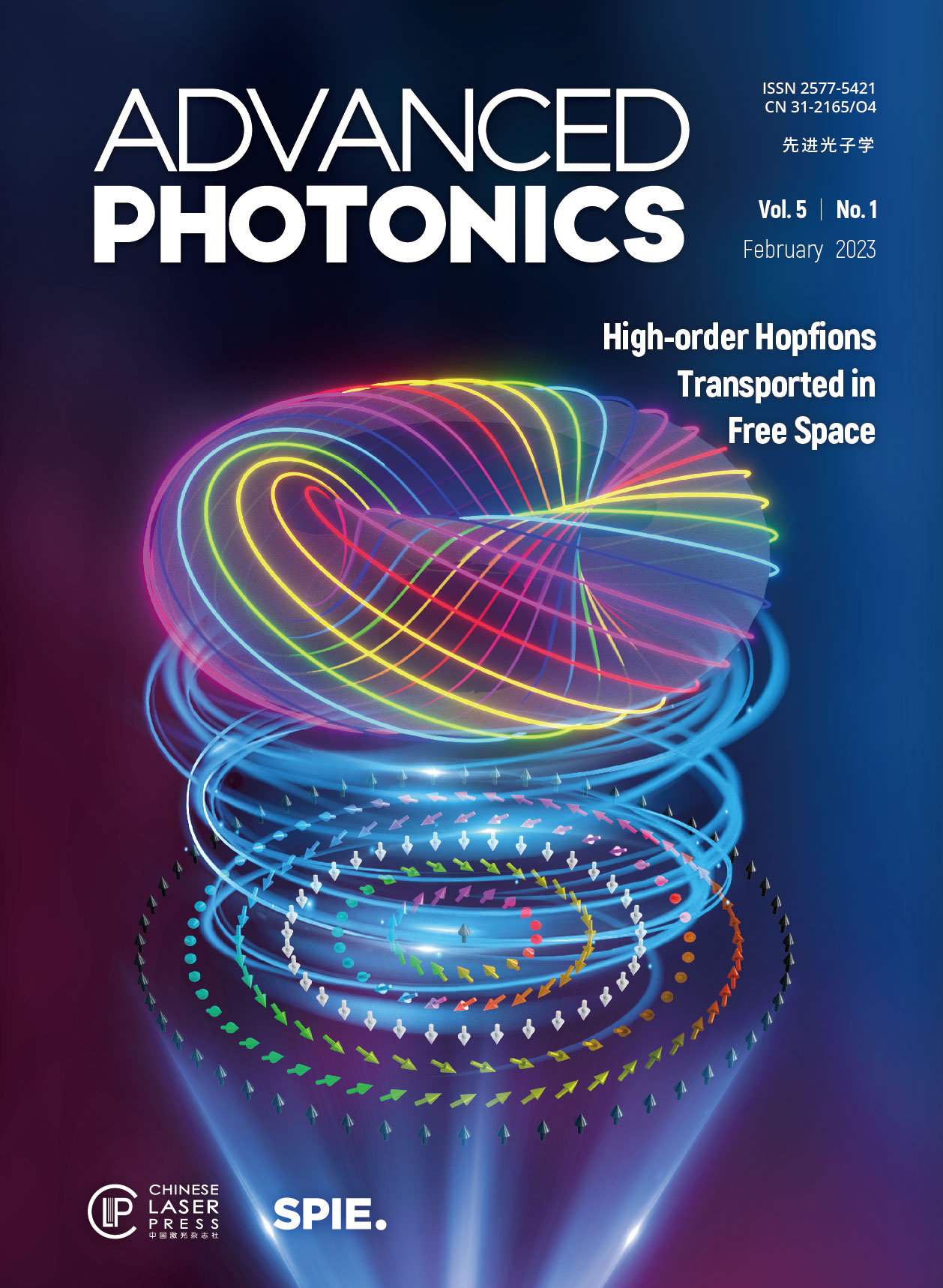- Publication Date: Feb. 28, 2023
- Vol. 5, Issue 1, 010101 (2023)
- Publication Date: Jan. 10, 2023
- Vol. 5, Issue 1, 015001 (2023)
- Publication Date: Jan. 04, 2023
- Vol. 5, Issue 1, 016001 (2023)
- Publication Date: Jan. 10, 2023
- Vol. 5, Issue 1, 016002 (2023)
- Publication Date: Jan. 09, 2023
- Vol. 5, Issue 1, 016003 (2023)
- Publication Date: Feb. 01, 2023
- Vol. 5, Issue 1, 016004 (2023)
- Publication Date: Feb. 06, 2023
- Vol. 5, Issue 1, 016005 (2023)
Structured light is routinely used in free-space optical communication channels, both classical and quantum, where information is encoded in the spatial structure of the mode for increased bandwidth. Both real-world and experimentally simulated turbulence conditions have revealed that free-space structured light modes are perturbed in some manner by turbulence, resulting in both amplitude and phase distortions, and consequently, much attention has focused on whether one mode type is more robust than another, but with seemingly inconclusive and contradictory results. We present complex forms of structured light that are invariant under propagation through the atmosphere: the true eigenmodes of atmospheric turbulence. We provide a theoretical procedure for obtaining these eigenmodes and confirm their invariance both numerically and experimentally. Although we have demonstrated the approach on atmospheric turbulence, its generality allows it to be extended to other channels too, such as aberrated paths, underwater, and in optical fiber.
.- Publication Date: Feb. 07, 2023
- Vol. 5, Issue 1, 016006 (2023)
About the Cover
Polarisation structure of complex propagating beams can be designed to exhibit controlled configurations which can be described via hopfion quasiparticles. This family of polarisation textures can be described from basic topological theories and realised experimentally. The topological hopfion numbers can be additionally tuned revealing higher-order hopfions. The hopfion can be further transported by tuning phases of the constituting beams forming a hopfion.












